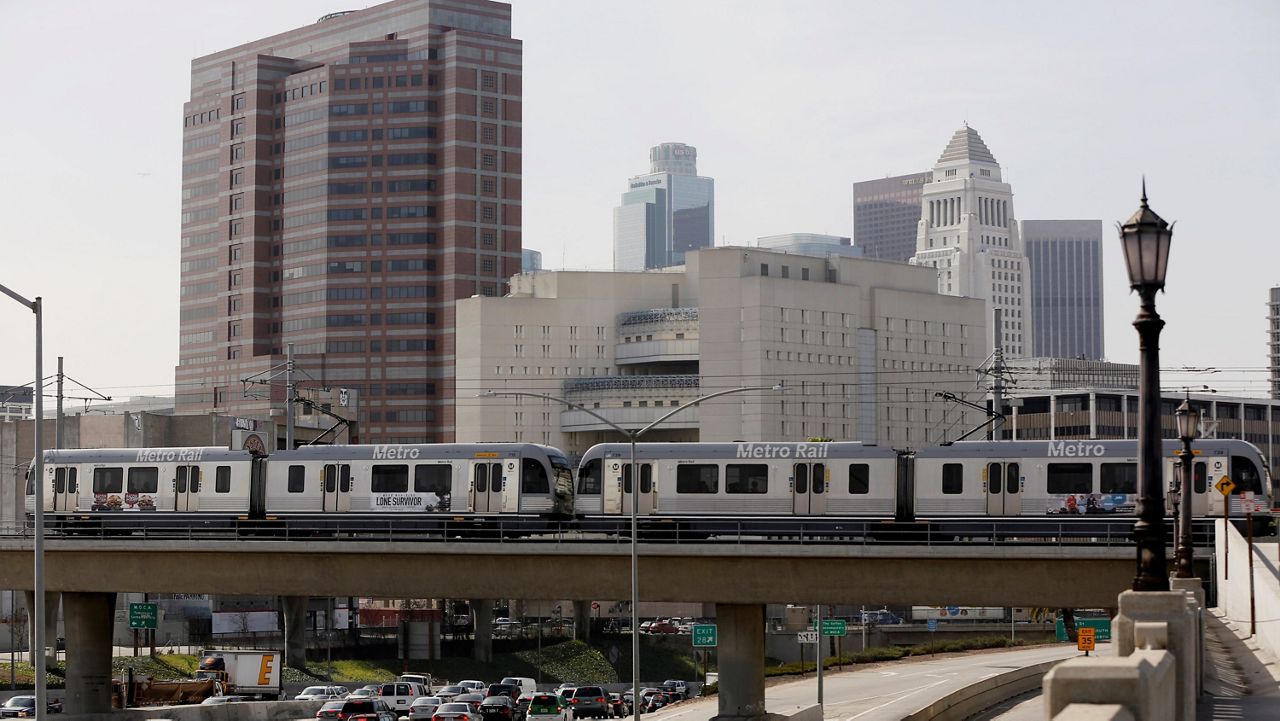LOS ANGELES — When it comes to risky driving behaviors, distraction is one of the top culprits.
Whether it’s texting, chatting or emailing behind the wheel, they all increase crash risk. So does stress, according to a new Future of Safety Research Study from General Motors.
Forty percent of GM’s survey respondents said they feel more anxious driving now than they did before the COVID-19 pandemic. More than half said they remembered a time when they were crying while driving. One third said they had pulled over because they felt too emotional to drive, according to the study, which surveyed 2,972 American drivers over the age of 14.
“Texting and driving can make you six times more likely to get into a crash,” General Motors safety engineer Tricia Morrow told Spectrum News 1, citing research from the Virginia Tech Transportation Institute. “But we also know you are almost ten times more likely to get into a crash if you’re driving in a highly elevated emotional state.”
Released during National Distracted Driving Awareness Month, the GM study found that 58% of 16- to 34-year-olds said their emotional state impacts their driving; 65% said they are sometimes angry or upset when they drive.
Parents of young children are most vulnerable to distraction as they drive, the survey found; 60% of parents with children under the age of 10 said they shout at their kids in the car.
While nine out of ten survey respondents consider themselves safe drivers, one in three said they would fail their driving test if they took it today. Three in four said they have driven tired, and one in four admitted to having caused an accident.
Morrow said GM conducted the study to raise awareness that “distracted driving is not just about cellphones. It’s not just about eating in vehicles. It’s also about being prepared to drive emotionally.”
Related Stories
In 2017, General Motors set a triple goal of zero crashes, zero emissions and zero congestion. But American drivers are far from achieving those goals. Traffic fatalities increased 12% during the first nine months of 2021, according to the National Highway Traffic Safety Administration.
During the pandemic, dangerous driving behaviors like speeding, not wearing seatbelts, running red lights and distracted driving increased, according to the AAA Foundation for Traffic Safety. A 2021 AAA survey found that 51% of drivers admitted to texting or emailing on their phone while alone in their vehicles.
Distracted-related crashes in the United states caused 3,138 deaths in 2020, according to the National Highway Traffic Safety Administration. Another 400,000 people were injured.
In California, 105 people died in distraction-affected crashes in 2020 and 9,262 were seriously injured, according to AAA. Of those, 21% were also a result of unsafe speed. Drivers between the ages of 20 and 24 account for the largest percentage of distracted driving-related fatalities and serious injuries, according to the California Office of Traffic Safety.
Non-drivers are especially vulnerable to distracted drivers. Pedestrians and bicyclists make up about 20% of distracted driving deaths.









